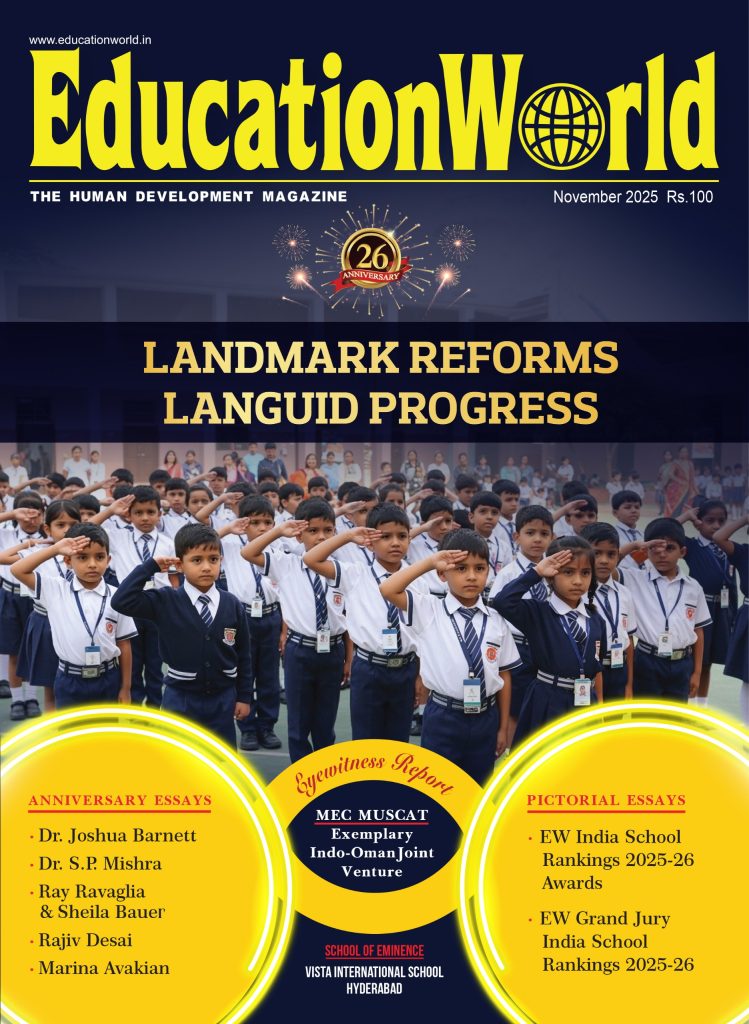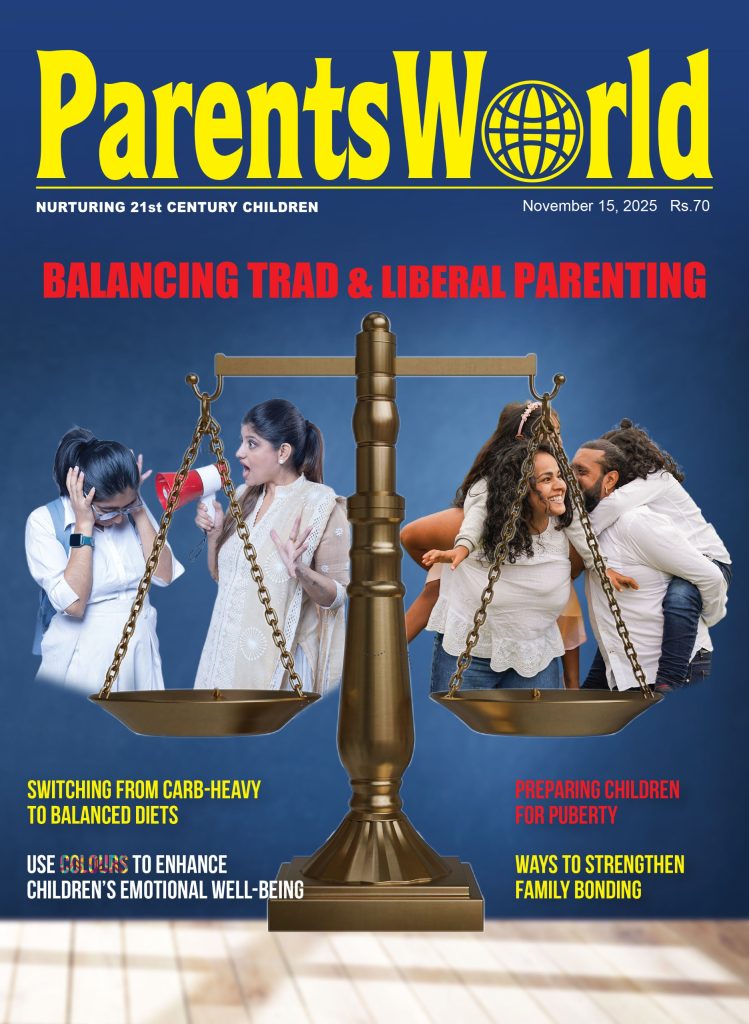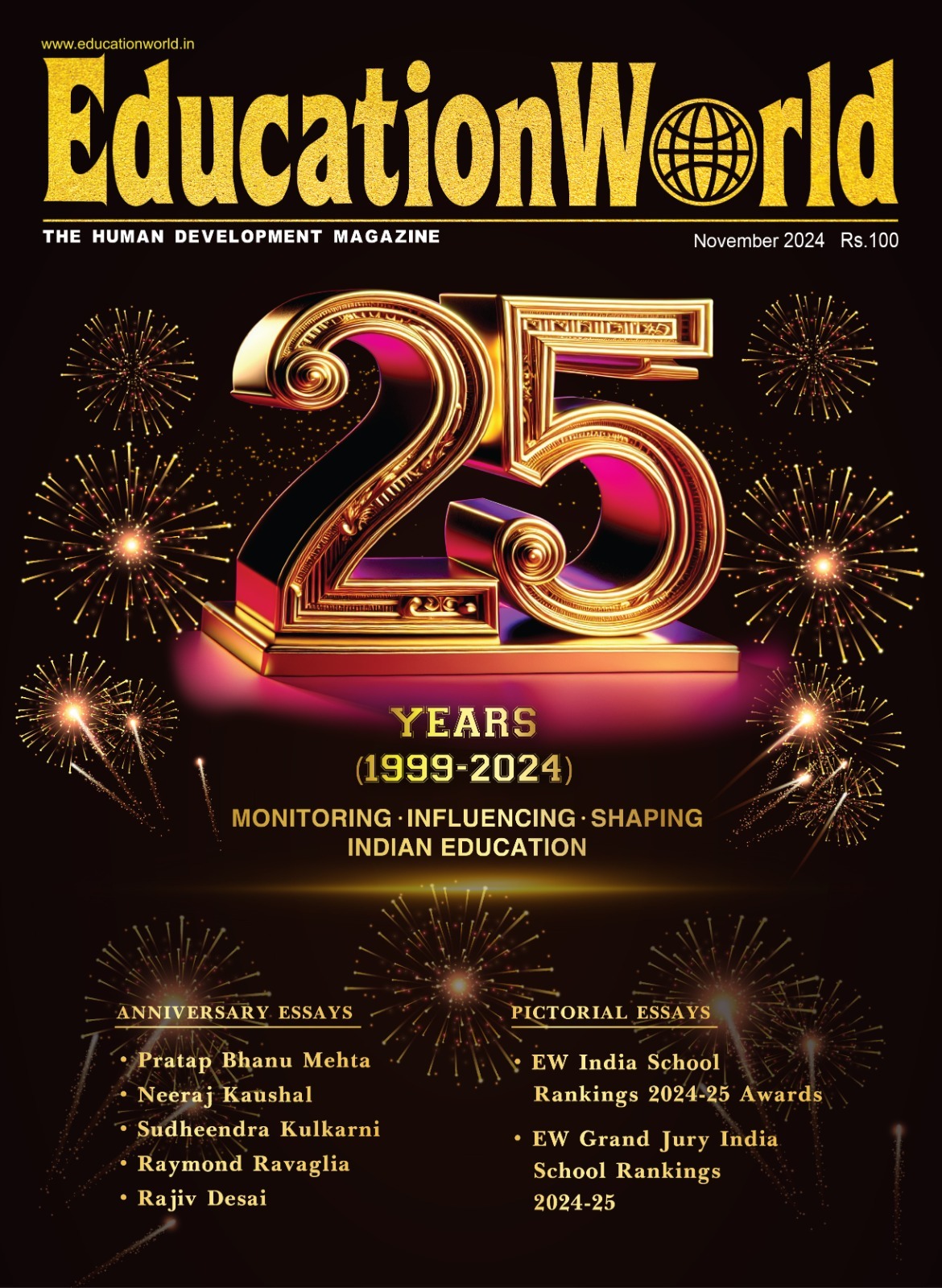Children’s Day Despondency
Way back in 1957, November 14, the birthday of Jawaharlal Nehru free India’s first prime minister, was decreed as Children’s Day. In his sentimental attachment to the newly independent country’s children this great democrat but poor economist, had his heart in the right place but not the mind to follow his heart. Strongly influenced by communist ideology, Nehru who strode the national stage like a colossus in the post-independence years, imposed the Soviet-style heavy industry national development model instead of the light industry wage goods paradigm and grassroots development preferred by Mahatma Gandhi and Sardar Patel. Unfortunately Gandhiji was assassinated in 1948 and Patel suffered a fatal heart attack in 1950.
The focus on capital-guzzling heavy industry — and that too in the inefficient public sector — came at the expense of neglecting India’s abundant human resource, i.e, education of children, which received insufficient attention. Although in 1967 a high-powered National Education Commission chaired by Prof. Daulat Singh Kothari recommended that at least 6 percent of annual GDP should be allocated for education with special focus on foundational primary education, that target has never been attained. Post-independence India’s education expenditure has averaged 3.5 percent per year for the past 78 years since independence.
For this egregious error which has never been sufficiently acknowledged or corrected by the establishment and intelligentsia, the country has had to pay a heavy price. For one, with minimal establishment awareness that universal primary education is the best contraceptive, free India’s population has quadrupled to a humungous 1.4 billion, imposing tremendous strain on national resources. Now the spin on this major act of omission is that contemporary India is in a sweet spot by way of hosting the world’s largest child and youth population, and in a position to reap a demographic dividend.
Yet despite the election manifestos of all major political parties, including the BJP at the Centre and in several states, promising to raise national expenditure on education to 6 percent of GDP, it remains stuck in the 3.5-4 percent of GDP groove, and 52 percent of India’s children in government schools have to endure crumbling buildings, grossly inadequate labs, libraries and lavatories and rock-bottom teaching-learning.
Unsurprisingly built on weak foundations, India’s higher education system comprising 52,081 colleges, 1,338 universities and 37 institutes of the Soviet-style Council for Scientific & Industrial Research (CSIR) hasn’t succeeded in inventing/innovating any global smart product or service or disruptive technology in 78 years since independence.
Not that solutions are not available. Every year for over a decade coterminously with presentation of the Union Budget, EducationWorld has been presenting a public schema for the Centre to augment its pathetic provision of Rs.1.28 lakh crore for education by Rs.7-8 lakh crore. Yet the response of the education ministry, the establishment and panoply of eminent economists has been deafening silence. On Children’s Day, these issues merit deep reflection.

















Add comment